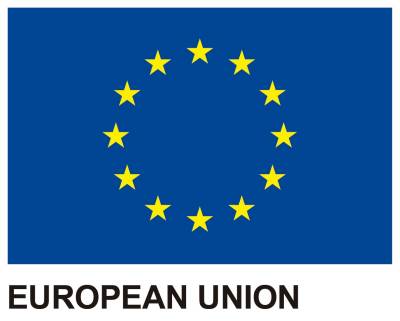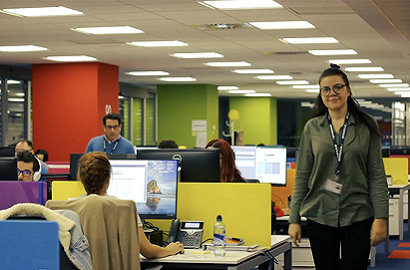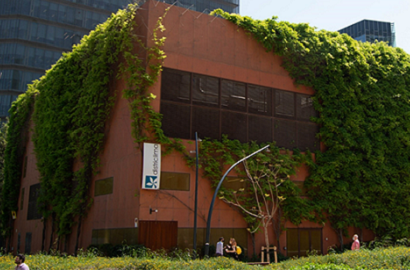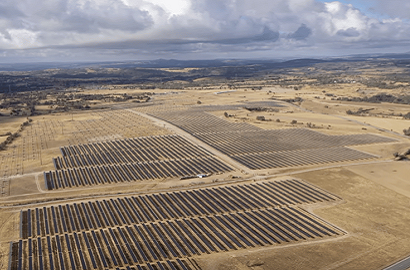EDP moves forward with green hydrogen projects in Cadiz and Asturias
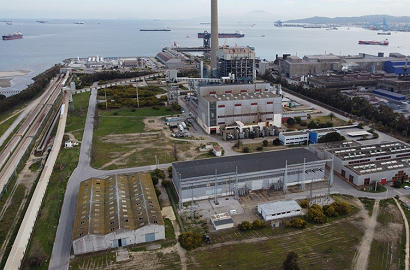
The company will invest 195 million euros in the Campo de Gibraltar region, and 201 million in the Aboño plant
EDP has begun environmental processing for its two Spanish green hydrogen valleys, where both thermal power plants will be transformed to produce the sustainable fuel that gives them their name. The first, in Los Barrios (Cadiz), expects to create 530 megawatts of electrolyser capacity with a first-phase investment of 195 million euros. The second, the Aboño plant (Asturias), will create 500 megawatts with a first-phase investment of 201 million euros.
The project in Cadiz, known as the Campo de Gibraltar green hydrogen valley, will lead to the transformation of the Los Barrios thermal power plant, which will be carried out in two phases. The first phase is scheduled to launch 130 megawatts of electrolyser capacity in early 2026. The second, which is expected to be concluded by late 2030, and will go ahead if market conditions are favourable, will add another 400 megawatts of capacity.
Four key energy areas
The green hydrogen valley in Asturias has also been planned to involve two phases, and shares the same timeframe: 2026 for phase one, with 150 megawatts, and 2030 for phase two, adding another 350 megawatts. The Portuguese company aims to be 100% green in 2030, abandoning its coal production in 2025 and adapting its thermal power plants in line with the following four areas: green hydrogen, energy storage, renewable energy and flexibility in electricity generation systems.
EDP has allocated a budget of 25 billion euros to accelerate this process between 2023 and 2036. The European Commission has rated both of the green hydrogen valleys announced as strategic operations, considering them to be Important Projects of Common European Interest (IPCEI). Moreover, they have both been put forward by the IDAE (Institute for the Diversification and Saving of Energy) to receive grants.
Electricity from renewable sources
Electricity for the production of green hydrogen in both Campo de Gibraltar and Asturias will be provided by renewable energy plants, mainly onshore wind and solar energy. In fact in order to be considered sustainable, the hydrogen must be produced by electrolysis from water molecules and electricity from renewable sources.
Green hydrogen has become a key energy vector for decarbonisation in various sectors where electrification is difficult, such as the steel industry and other industrial and transport sectors. It is also used as a clean raw material to manufacture fertilisers and other products, replacing other non-sustainable components.
Photo: EDP

